
|
WINGS or RELATED SITES |
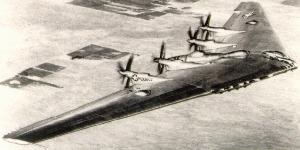 |
On June 25, 1946, his XB-35 Flying Wing bomber lifted majestically from the run way of the Northrop Aircraft Co. and made its maiden flight to Edwards AFB (then Muroc Army Air Field). In this photo, taken from the escorting P-61, the XB-35's eight contra-rotating propellers are seen to advantage. Four Pratt & Whitney R-4360 Wasp Major engines each drove a pair of four-bladed propellers rotating in opposite directions by means of an extension shaft and specialized gear box. For the YB-49 story, click here. For another historical perspective by Charles McGrewclick here. |
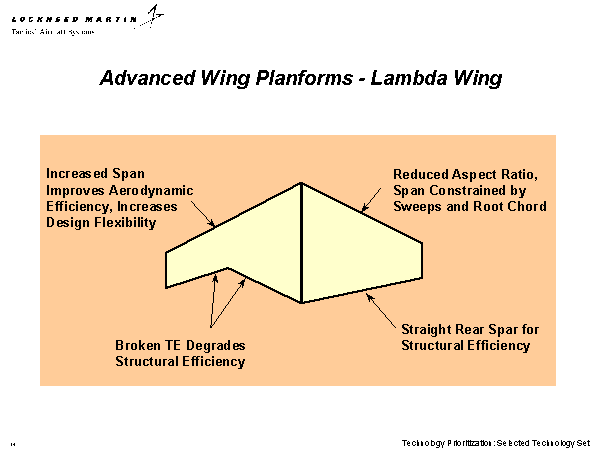 |
The Future Aircraft Technology Enhancements (FATE) Program was sponsored by Wright Laboratory (WL) FI in Dayton, Ohio. A subset of the national Fixed Wing Vehicle (FWV) Program, FATE was performed to “develop revolutionary technologies that will become the foundation for next generation warfighters.” (Click the icon for this part of a slide presentation that covers the benefits of tailless configuration technologies. Click here to go to the start of the slide program for other subject areas of interest.) |
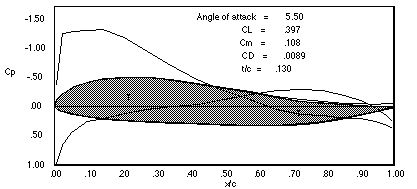 |
Preface: This text was developed for a course in applied aerodynamics at Stanford University. The first year graduate course includes topics ranging from a review of the basic, governing equations of fluid flow to practical issues related to airfoil and wing design. This digital text is intended to supplement a more conventional textbook in applied aerodynamics. The material has been composed based on lecture notes over the last few years and is continually under development, so your comments and suggestions are helpful. Clicking on the icon takes you to the tailless section. Clicking here will take you to the basic document. |
 |
PUL-10 - One of the last designs by Reimar Horten currently under development testing by the team of Bernhard Mattlener and Reinhold Stadler in Germany. For more on this interesting design and all the technical data try the Nurflugel.com page provided the Douglas Bullard. |
 |
Smithsonian National Air & Space Museum's Paul Garber facility. This site was visited by Doug Bullard while returning from the 1997 Flyng Wing Symposium held at the National Soaring Museum at Harris Hill, New York. He took an extensive collection of pictures covering the many restoration projects in progress or waiting their turn. To see this fabulous collection go to Nurflugel.com. |
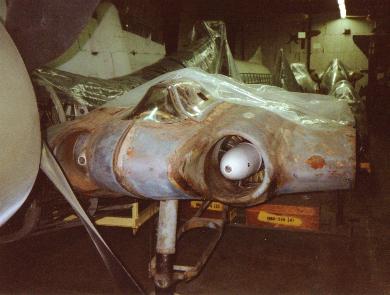 |
This page
is a display of Huib
Ottens'
collection
of aviation books and also focusses on flying wings and other
interesting
aircraft. This page serves his interest in aviation history and with
this
page he hopes to share the informa- tion he has collected. This page
carries
no political statement but he is aware that some people may be offended
by subjects and/or titles displayed (it is assumed this is due to the
materials
reflecting WW II era events and aircraft). In the future I will add a listing of Flying Wing references I have collected over the years. |
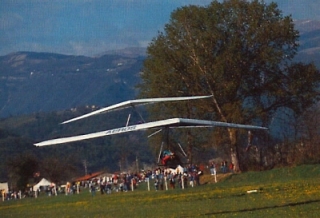 |
CLOUD
BASE - This is a site for hang gliders and micro lights like the
Monarch
and Carbon Dragon. Parts of these pages are in foreign languages, but much of it is in English and contains many excellent pictures of tailless hang gliders and para gliders. It looks like fun just to roam around the various sections and view the spectacular scenery over which these enthusiasts fly. |
 |
THE ROHR
TWO-l75 (l974)  link to expanded web site on
this aircraft link to expanded web site on
this aircraftIn 1974, Rohr Chairman Burt Raynes resolved to move Rohr into the light airplane market. In order to succeed, Rohr had to offer a product so undeniably superior to its competition that prospective buyers and dealers could not resist it. Raynes summoned Walt Mooney and told him to come up with a quantum leap in light aircraft technology. It must have better performance, greater safety, accessibility and comfort, greater economy and lower production cost than any competitor. Picture #1, Picture #2, Picture #3 For additional information based on an article in the TWITT Newsletter try this link: http://massflow.archivale.com/2_175.htm |
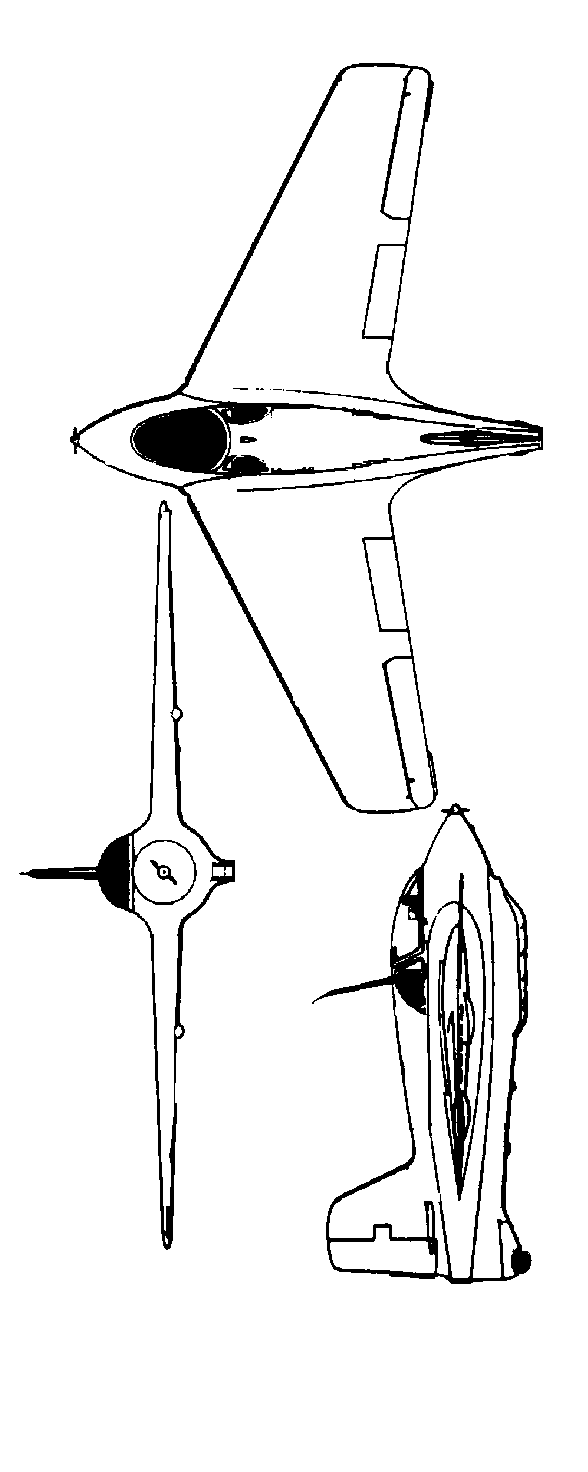 |
Through this site, Eduardo wants
to offer you some three view drawings in bitmap format of some popular
and other not so popular airplanes for your own use such as making your
own plans for flying models particularly or any other use. He knows these drawings are somewhat simple and the lines are kind of serrated rather than continuous, but this is bit map format and helps him transfer them faster. You will have to print them, enlarge them and transfer them by pencil to improve them. This is the best he can do for the time being. Photographs for these airplanes you can easily get by browsing in search engines seeking for the plane designation or name or make such as: (F-16 or F16) near (photo or drawing or picture or gif or jpg), or going through the links down at the end of his page. So far he has about 196 3-views in his collection and is always looking for more, so if you have something you can transfer to him, he's sure to appreciate it. |
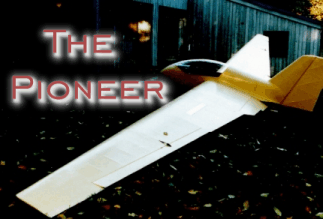 |
JIM
MARSKE now has a web site for his products (other than
Genesis). This site includes most anything you want to know about the Pioneer and Monarch sailplanes and how to get kits. There is also a lot of information about his recent workshops and probably when the next one will be held. These appear to have been very popular workshops, lasting from 1 to 3 days, covering subjects you can use to build your Marske design or other favorate project. |
| Top of Page CLICK HERE FOR MORE LINKS |
Home
Page... |